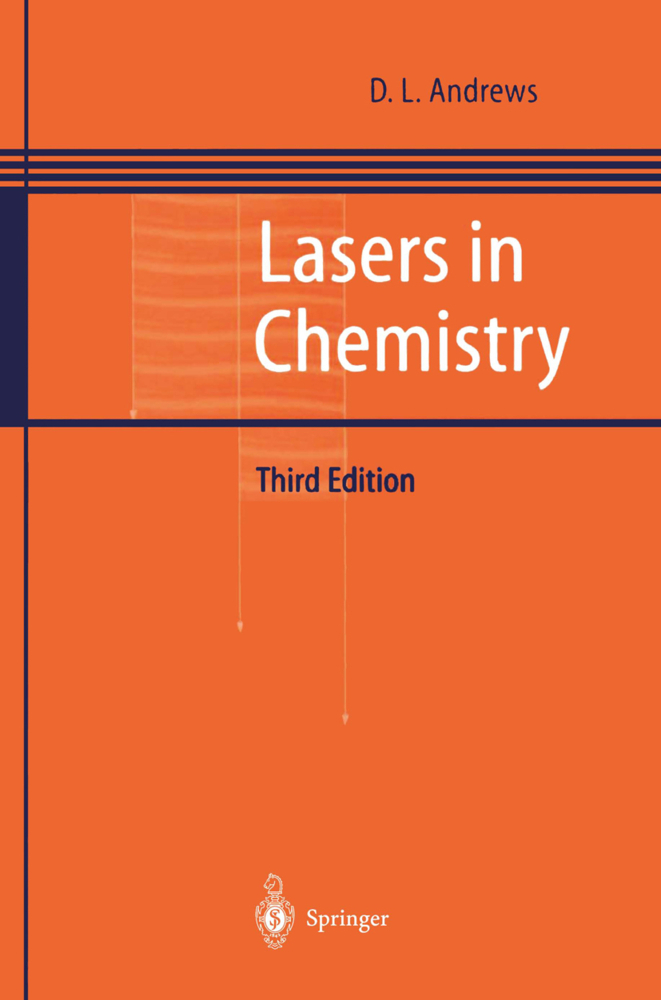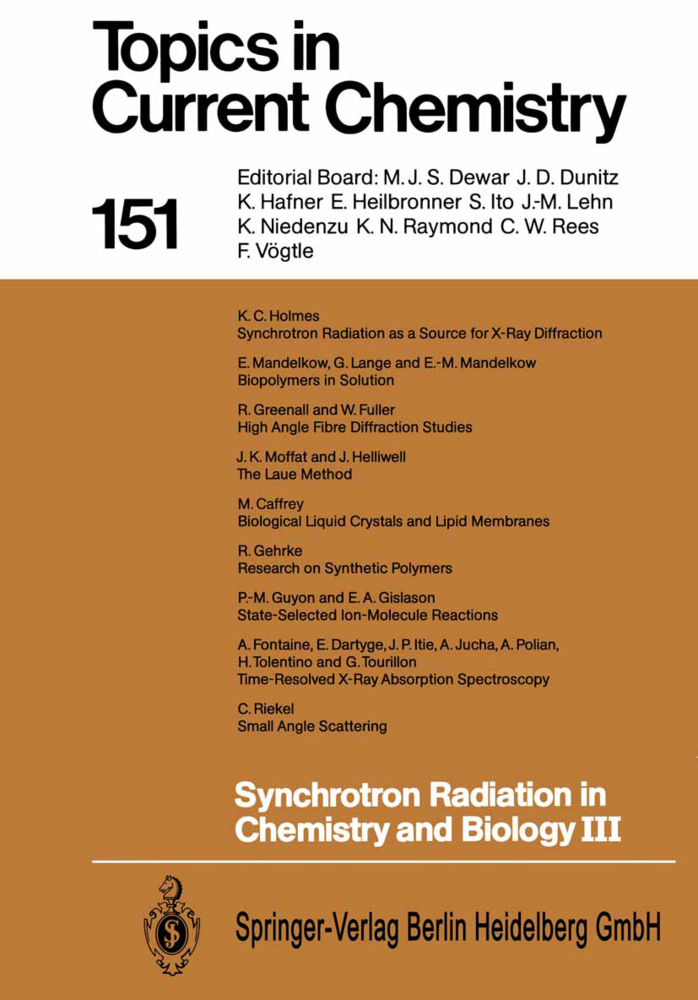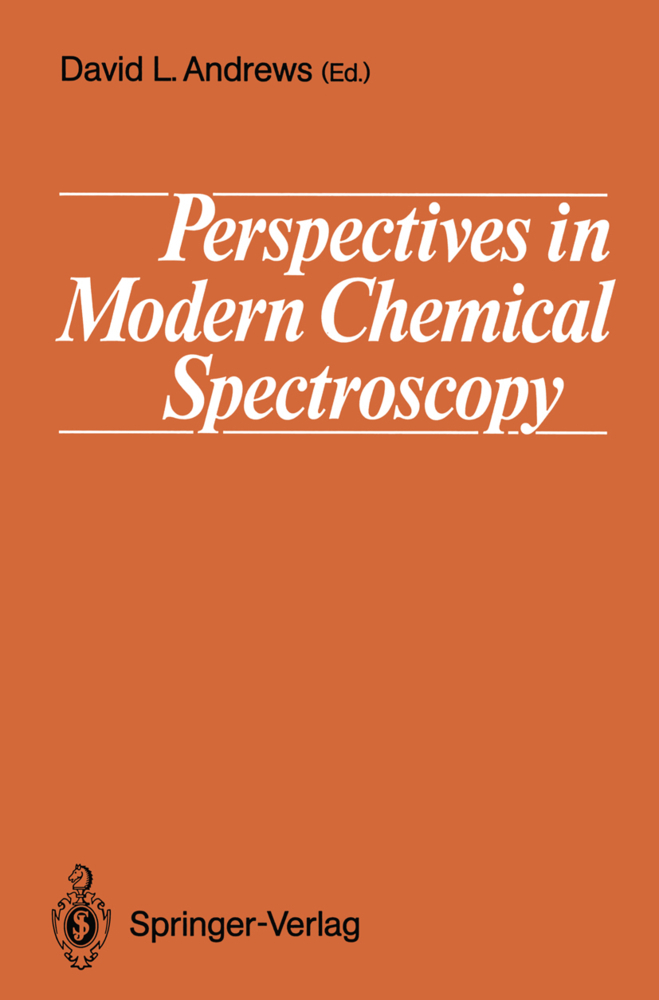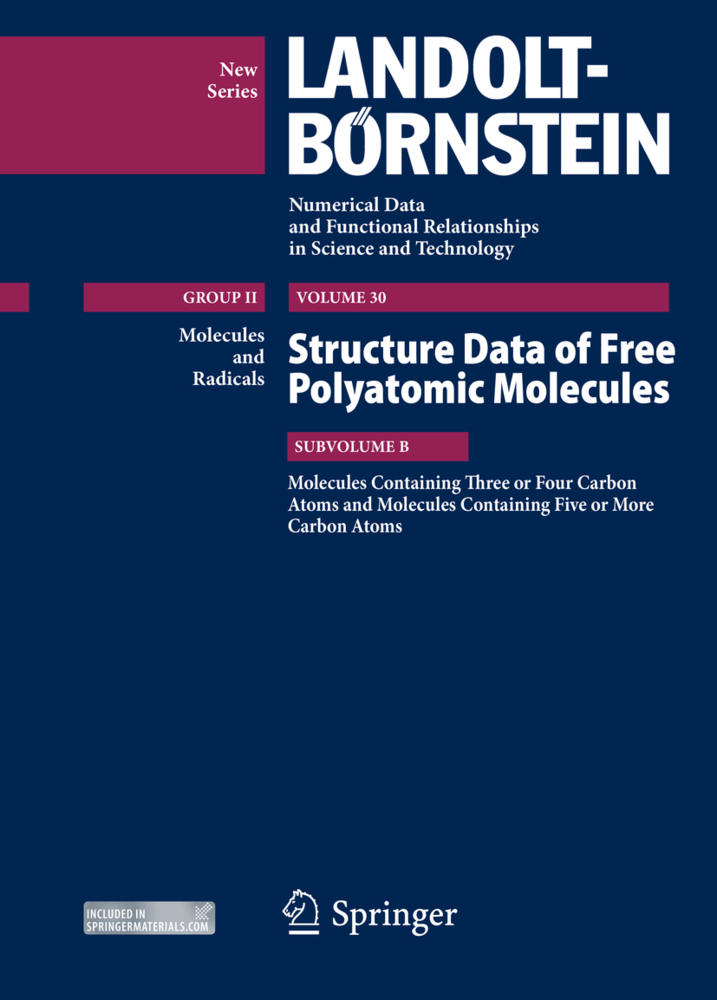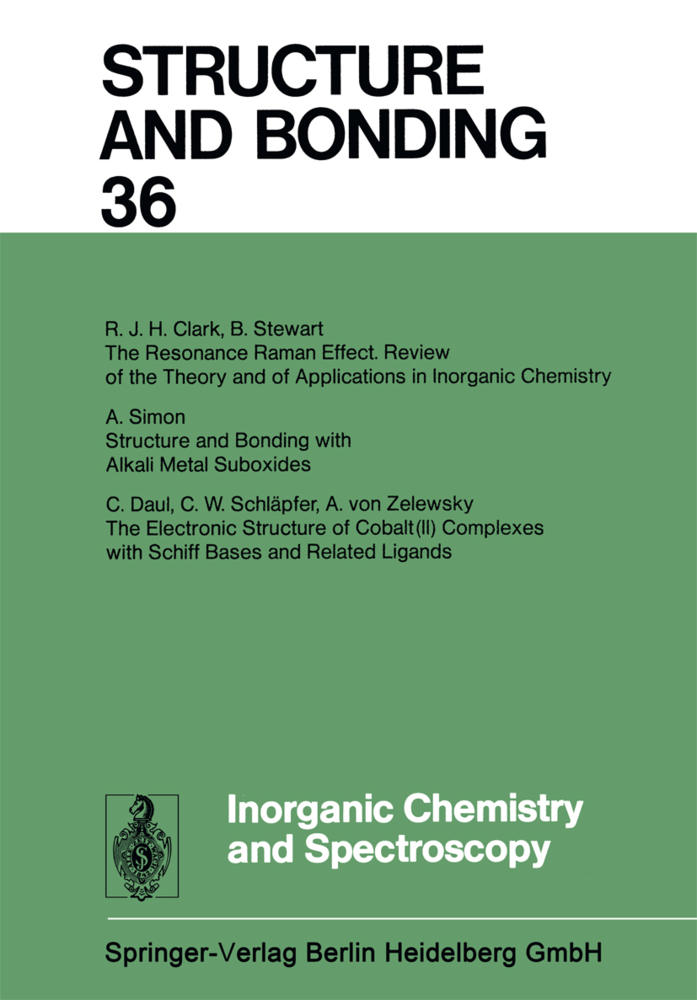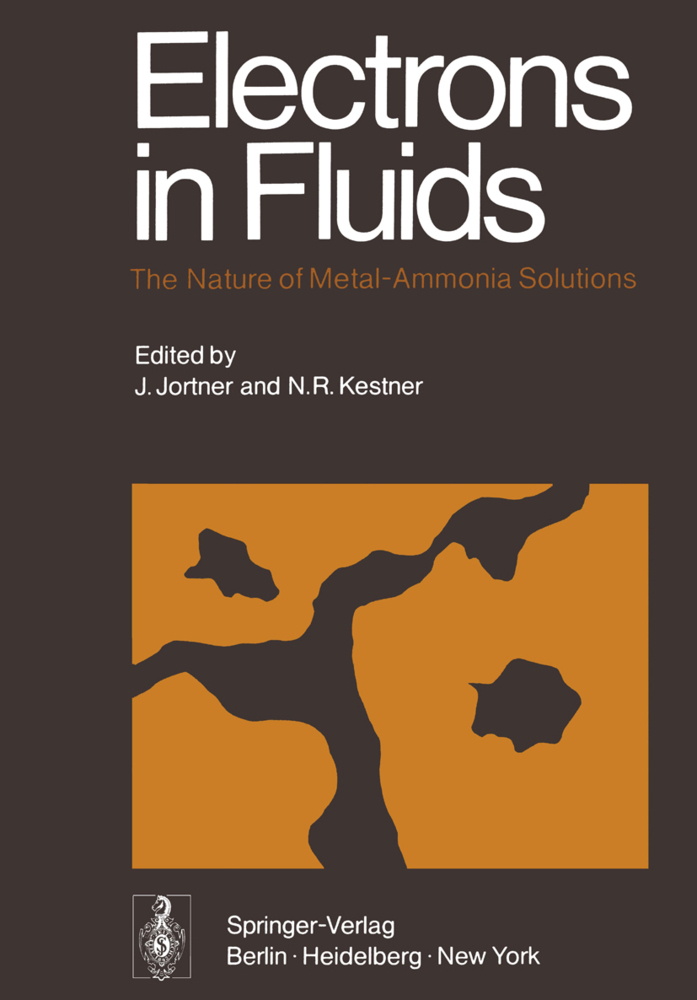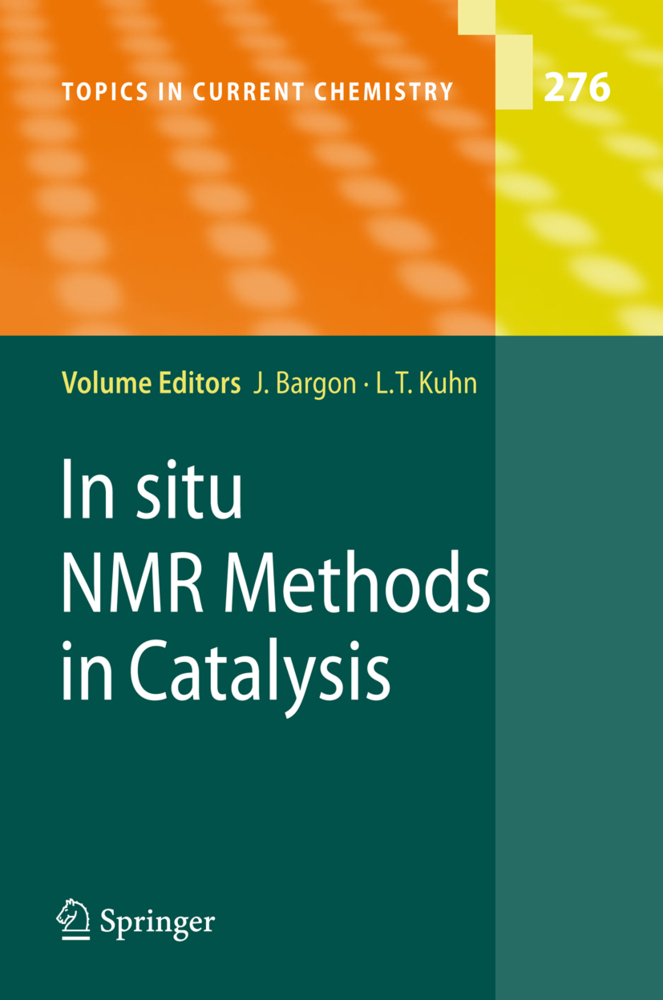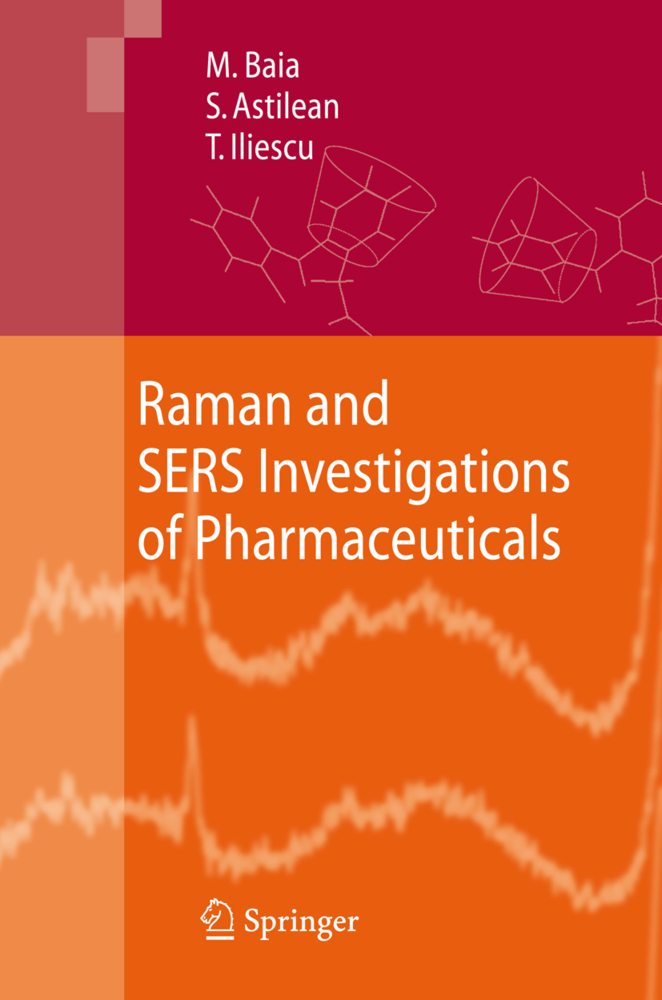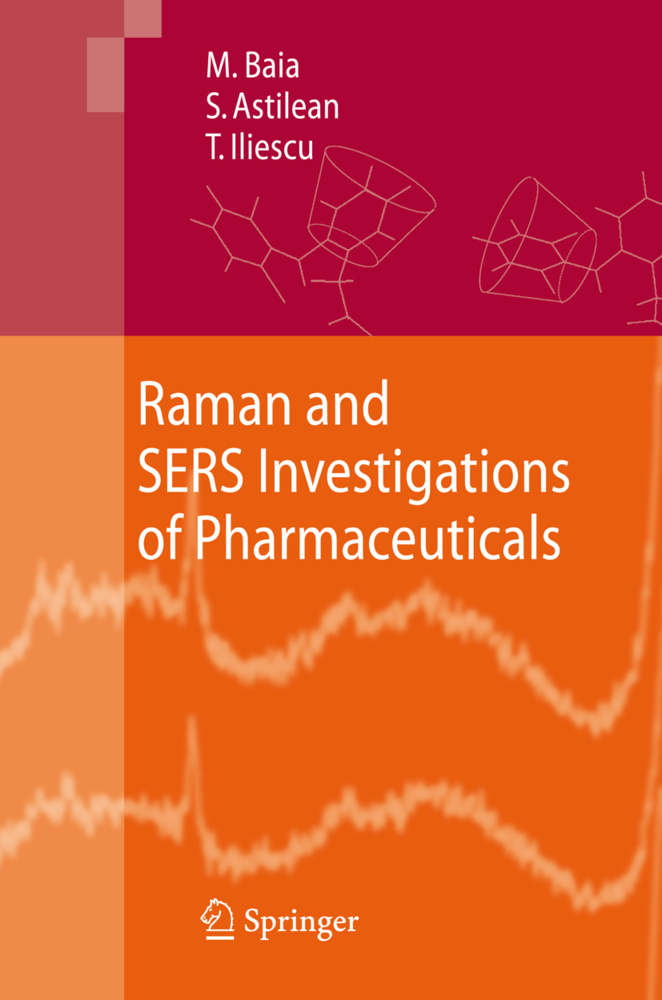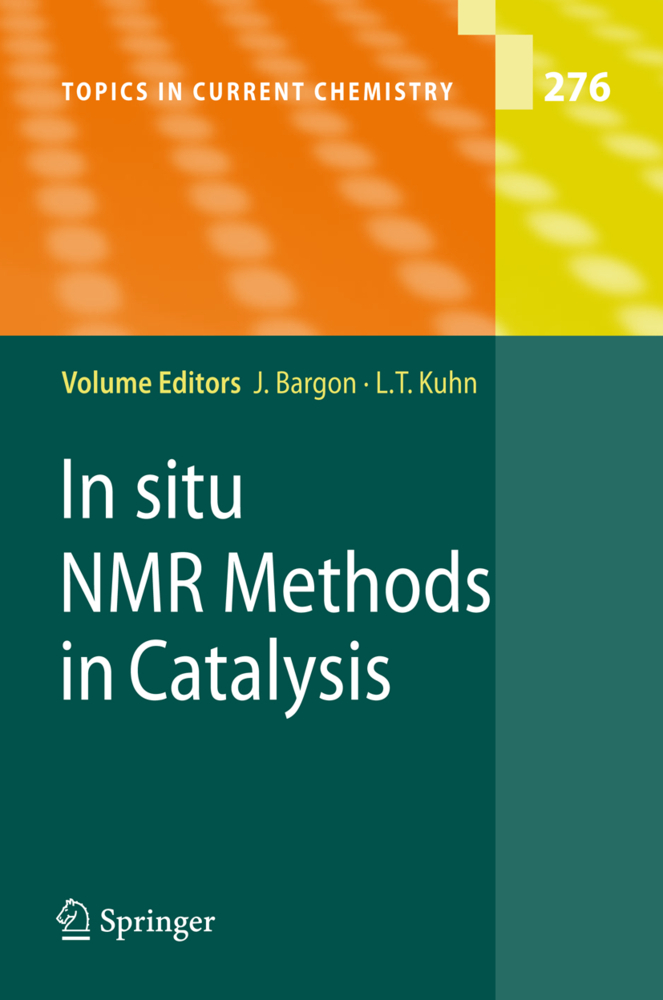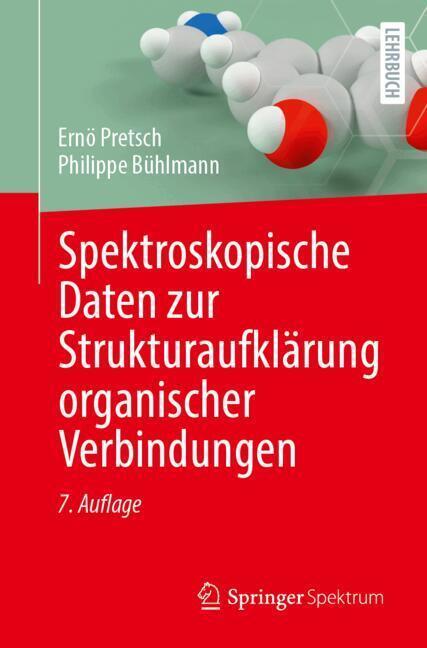Lasers in Chemistry
Lasers in Chemistry
Laser application in chemistry and related fields is an area growing at rapid pace in line with new developments in laser technology. The fields of application range from fundamental chemical research to sophisticated analytical methods in chemical and biotechnological industry and in environmental chemistry. This book demonstrates the breadth of applications of lasers in chemistry, with particular reference to analytical and research applications. David L. Andrews presents the subject matter at a level amenable to the general chemist, the novice and the practising specialists as well. The 3rd edition of this successful book has been completely revised and updated.
1.2 Resonators and Pumping Processes
1.3 Coherent Radiation, Standing Waves and Modes
1.4 The Kinetics of Laser Emission
1.5.1 Three-level Laser
1.6 Properties of Laser Light, and Their Applications
2 Laser Sources
2.1 Optically-pumped Solid-state Lasers
2.2 Semiconductor Lasers
2.3 Atomic and Ionic Gas Lasers
2.4 Molecular Gas Lasers
2.5 Dye Lasers
2.6 Free-electron Laser
2.7 Questions
3 Laser Instrumentation in Chemistry
3.1 Polarising Optics
3.2 Frequency Conversion
3.3 Pulsing Techniques
3.4 Detectors
3.5 Pulse Detection Systems
3.6 Light Scattering Instrumentation
3.7 Polarimetry
3.8 Laser Detectors in Chromatography
3.9 Laser Microprobe Instrumentation
3.10 Laser Safety
3.11 Questions
4 Chemical Spectroscopy with Lasers
4.1 Absorption Spectroscopy
4.2 Specialised Absorption Techniques
4.3 Fluorescence Spectroscopy
4.4 Raman Spectroscopy
4.5 Specialised Raman Techniques
4.6 Multiphoton Spectroscopy
4.7 Laser Mass Spectrometry
4.8 References
4.9 Questions
5 Laser-Induced Chemistry
5.1 Principles of Laser-induced Chemistry
5.2 Multiphoton Infra-red Excitation
5.3 Laser Photochemical Processes
5.4 Isotope Separation
5.5 Materials Applications
5.6 Photodynamic Therapy
5.7 References
5.8 Questions
Appendix 1: Listing of Output Wavelengths from Commercial Lasers
Appendix 2: Directory of Acronyms and Abbreviations
Appendix 3: Selected Bibliography
Appendix 4: Answers to Numerical Problems.
1 Principles of Laser Operation
1.1 The Nature of Stimulated Emission1.2 Resonators and Pumping Processes
1.3 Coherent Radiation, Standing Waves and Modes
1.4 The Kinetics of Laser Emission
1.5.1 Three-level Laser
1.6 Properties of Laser Light, and Their Applications
2 Laser Sources
2.1 Optically-pumped Solid-state Lasers
2.2 Semiconductor Lasers
2.3 Atomic and Ionic Gas Lasers
2.4 Molecular Gas Lasers
2.5 Dye Lasers
2.6 Free-electron Laser
2.7 Questions
3 Laser Instrumentation in Chemistry
3.1 Polarising Optics
3.2 Frequency Conversion
3.3 Pulsing Techniques
3.4 Detectors
3.5 Pulse Detection Systems
3.6 Light Scattering Instrumentation
3.7 Polarimetry
3.8 Laser Detectors in Chromatography
3.9 Laser Microprobe Instrumentation
3.10 Laser Safety
3.11 Questions
4 Chemical Spectroscopy with Lasers
4.1 Absorption Spectroscopy
4.2 Specialised Absorption Techniques
4.3 Fluorescence Spectroscopy
4.4 Raman Spectroscopy
4.5 Specialised Raman Techniques
4.6 Multiphoton Spectroscopy
4.7 Laser Mass Spectrometry
4.8 References
4.9 Questions
5 Laser-Induced Chemistry
5.1 Principles of Laser-induced Chemistry
5.2 Multiphoton Infra-red Excitation
5.3 Laser Photochemical Processes
5.4 Isotope Separation
5.5 Materials Applications
5.6 Photodynamic Therapy
5.7 References
5.8 Questions
Appendix 1: Listing of Output Wavelengths from Commercial Lasers
Appendix 2: Directory of Acronyms and Abbreviations
Appendix 3: Selected Bibliography
Appendix 4: Answers to Numerical Problems.
Andrews, David L.
| ISBN | 978-3-540-61982-6 |
|---|---|
| Medientyp | Buch |
| Auflage | 3rd ed. |
| Copyrightjahr | 1997 |
| Verlag | Springer, Berlin |
| Umfang | 233 Seiten |
| Sprache | Englisch |

